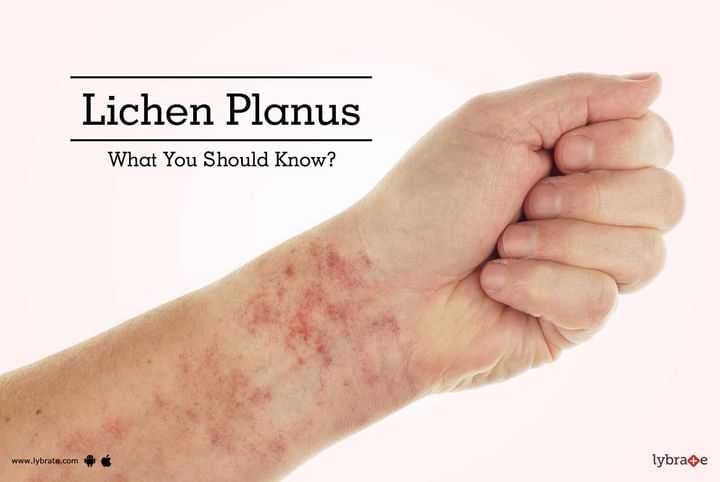Lichen Planus - What You Should Know?
The skin is the most exposed organ to irritants, and when the body recognizes something as foreign, the immune system kicks into action. It produces what is known as antibodies against the foreign bodies (antigens). However, in many situations, the body produces antibodies against its own cells or tissue or components, causing an autoimmune reaction. One such autoimmune reaction is lichen planus, which is a skin rash caused when the body produces antibodies against its own skin or mucous membranes.
Risk factors: While anyone with a weak immune system can develop lichen planus, the followings increase the chances of that happening:
- Presence of other autoimmune disorders
- Hyperactive immune system, causing the allergic reaction
- Genetic inheritance
- Increased stress levels
- Prior history of viral infections
- Middle aged women
- Exposure to allergens like gold, arsenic, iodine, and drugs like diuretics and antibiotics
- Prior history of hepatitis C
Symptoms: Diagnosis of lichen planus is quite easy, as it has a characteristic appearance.
- Basically, a skin rash that is purple in color with flat tops on the skin
- Rashes spread over the body in a matter of weeks
- They are itchy, painful, and produce a burning sensation
- Could have blisters which burst
- Have thin lacy margin
- Can be seen in the genital area, scalp, ankle, hands, mucous membranes, and nails
If required, a biopsy can be done in some cases to confirm the diagnosis. Allergy testing can also be done to confirm hyperactive immune system.
Treatments: This can depend on the severity of the condition. In people where it is not progressive or inflamed, it could be observed to run its natural course and subside.
For those requiring symptomatic treatment, the following can be used:
- Steroids (topical or oral) to reduce inflammation
- Antihistamines to reduce the allergic response
- Retinoids (topical or oral) which can help overall skin health
- Nonsteroidal creams to clear up the rash
- Moisturizer to keep skin healthy and prevent dryness and itching
- Cool compresses on the rashes
- Loose clothing to prevent irritation and itching
- Anti-itch creams and powders and lotions
- Oatmeal bath to avoid itching and inflammation
- Ultraviolet radiation to the rash to reduce severity
- Avoid agents (drugs or chemicals) which can cause lichen planus
- If the lesions are in the mouth, mouthwash and/or rinse can be used for topical relief
Lichen planus often does not require any treatment. However, depending on each individual, it may require topical and/or systemic treatment to manage the symptoms. It usually runs its course over 6 to 10 weeks and subsides on its own. If you wish to discuss about any specific problem, you can consult a Dermatologist.



+1.svg)
